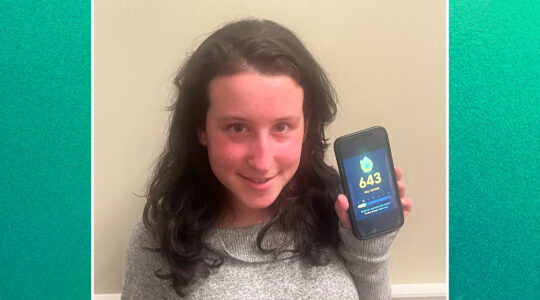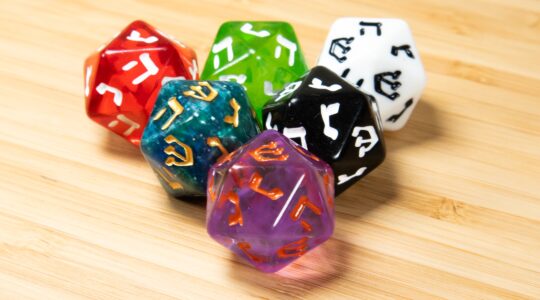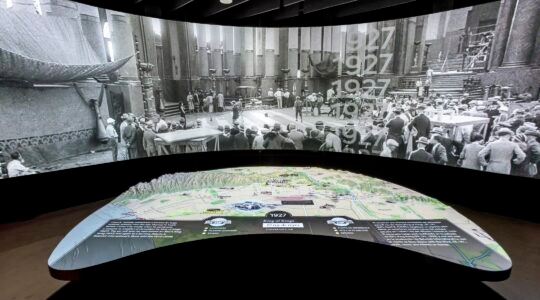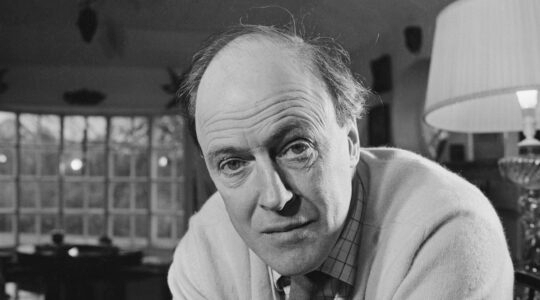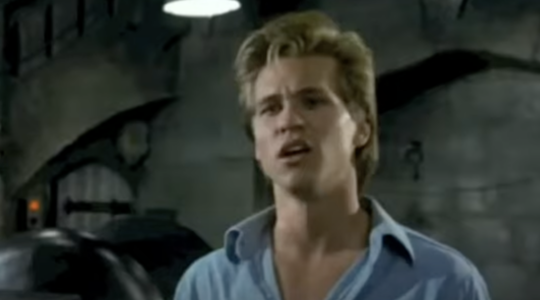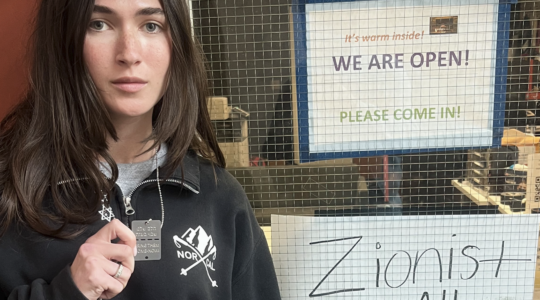When Mayn Yidishe Mame (“My Jewish Mother”), one of the first feature-length Yiddish talkies, arrived on Tel Aviv screens in 1930, pre-State Palestine had a sizable population of Yiddish speakers. But once the lights went out and the movie started to play, a riot began brewing.
Members of the so-called “Army for the Defense of the Hebrew Language” charged into the theater, threw ink and even stink bombs at the screen. Outside, crowds gathered to cheer those who walked out, and they grew so loud that the police had to be called. Eventually, some of the protesters were arrested, and the movie played on.
It was an extreme incident, but not a wholly unique one. Yiddish was under attack in the Yishuv, as advocates of a Hebrew-speaking state used creative and almost violent means to silence the language of the Old World. Their dirty tactics ultimately paid off: Hebrew is Israel’s official language, but Yiddish remains vital and vibrant, albeit drastically constricted, with speakers all over the world, from ultra-Orthodox enclaves, to secular communist summer camps.
JTA has documented Jewish history in real-time for over a century. Keep our journalism strong by joining us in supporting independent, award-winning reporting.
